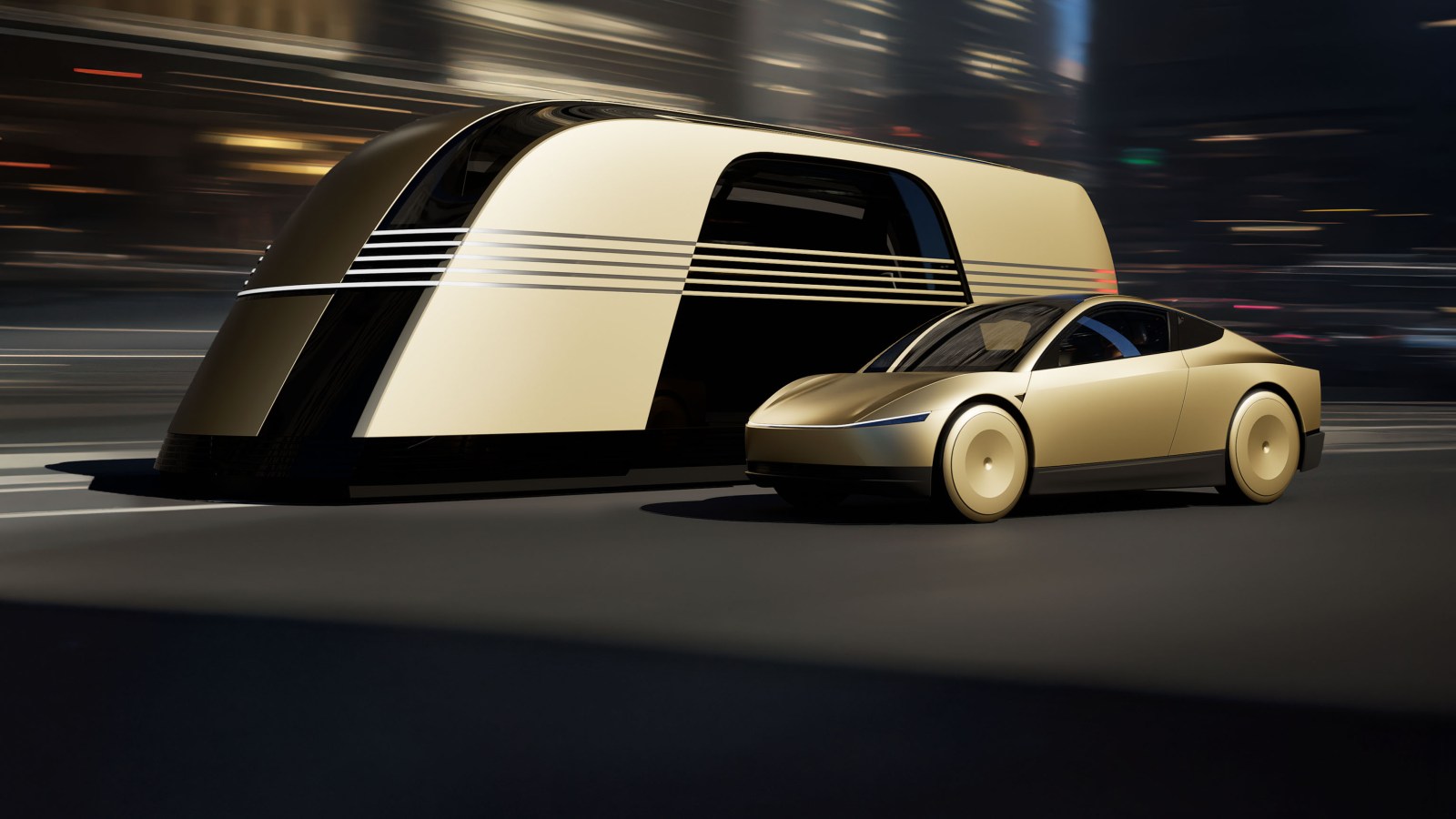Elon Musk gave a first look at Tesla’s Cybercab earlier this month, while Waymo’s autonomous cabs are already making rounds in San Francisco, LA, and Phoenix. So when will Australia see ‘full self-driving’ tech on its roads? Here’s where things stand.
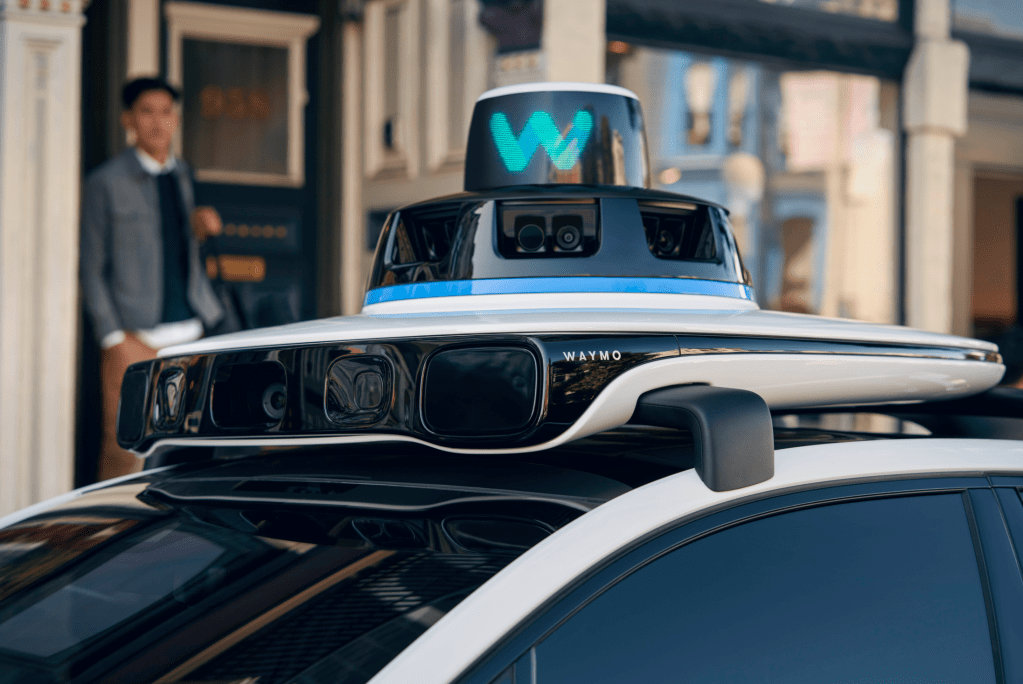
The Australian government’s leading automotive body, the National Transport Commission, calls automated vehicles ‘revolutionary’ and a ‘gamechanger.’
It is preparing for a small number of vehicles to be imported into Australia as soon as 2026. The Bureau of Infrastructure and Transport Research Economics forecasts 2.6% of new passenger vehicles will be ‘highly or fully automated by 2030, increasing to around half of all new vehicles by 2046.’
“Automated vehicle technology is advancing rapidly and has the potential to be a real gamechanger for road transport, by supporting safer, more efficient road travel,” the NTC website states.
While safety is the paramount concern, the NTC also sees benefits in other sectors.
“Increasing automation in road vehicles has the potential to revolutionise urban mobility. Predicted benefits of automated vehicles include significantly improved road safety, along with better productivity, mobility, and environmental outcomes,” according to the NTC.
The NTC has quantified the benefits of automation to the Australian economy and Australians. It projects that in addition to reducing carbon footprint, 8000 lives can be saved, $152 billion in crash costs can be avoided, and $320 billion can be saved by reducing traffic congestion.
Achieving those outcomes is going to require legislative changes, however.
“As autonomy is introduced we are going to have to change the law to accommodate greater autonomy and drivers taking a backseat,” says Michael Hopkins, the NTC CEO.
Assessment by ANCAP
The Australasian New Car Assessment Program (ANCAP) is also watching the fully autonomous vehicle space.
“As with all new vehicles entering the Australian and New Zealand markets, we continue to monitor developments, including the potential introduction of the Tesla ‘Cybercab,’” a statement given to Forbes Australia by ANCAP reads.
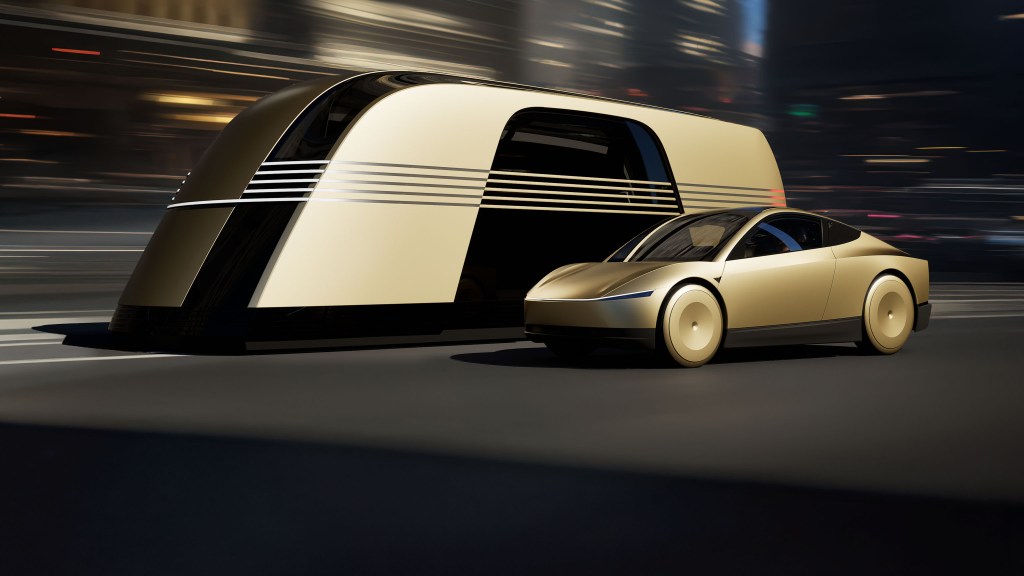
“Full automation is a number of years away, and the National Transport Commission (NTC) has been tasked with responsibility for drafting a regulatory framework to support autonomous driving.”
Carla Hoorweg, ANCAP’s CEO, says her organisation is monitoring developments and that current Australian regulations state that the driver must be in control of their vehicle.
“For now, our priority is ensuring these early-stage systems can safely assist drivers. Performance testing is a vital step and the building blocks towards full automation. As these technologies evolve, we expect our approach to evolve in tandem,” Hoorweg tells Forbes Australia.
State-by-state approach
Currently, there is a patchwork of laws across states that govern automated vehicles (AVs).
“A 2016 review found that there were 700 barriers in state, territory and commonwealth law to the introduction of AVs. That’s going to have to change,” says Hopkins.
Earlier this year, the NTC asked for input from Australians on the changes they would like to see in this space. That feedback will be used to develop the new federal Automated Vehicle Safety Law that is expected to be instituted in 2026.
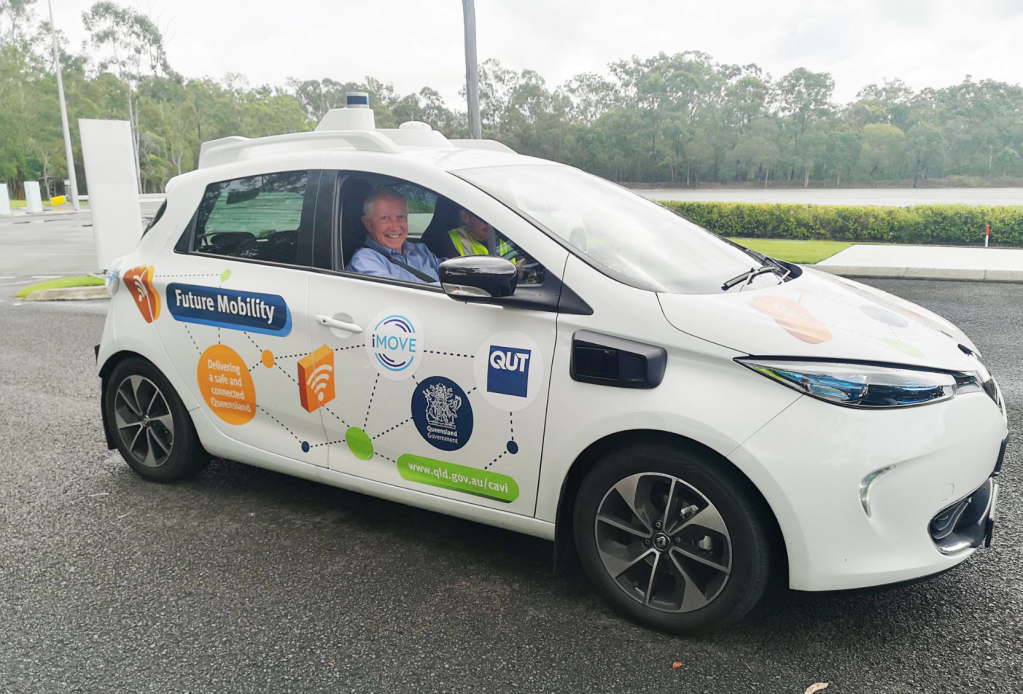
The NTC has already undertaken a number of reforms to develop end-to-end regulation of automated vehicles, covering privacy of AV data, safety systems, and road rules.
Meanwhile, autonomous vehicles are currently being tested across the country. Queensland’s Department of Transport and Main Roads advises that AV tests took place in Mount Isa in April 2024.
The Queensland state government has a division called the Cooperative and Automated Vehicle Initiative (CAVI) that is designed to “prepare for and accelerate the emergence of advanced vehicle technologies with safety, mobility and environmental benefits, onto Queensland roads.”
CAVI is jointly funded by Queensland’s Motor Accident Insurance Commission.
“From a Queensland CTP [compulsory third party] perspective, given that 90% of crashes are currently caused by human error, the adoption of cooperative and automated vehicle technologies that make roads safer has the potential to be a game changer in terms of reducing road trauma and thus the number of claims within our scheme,” a statement from the Motor Accident Insurance Commission reads.
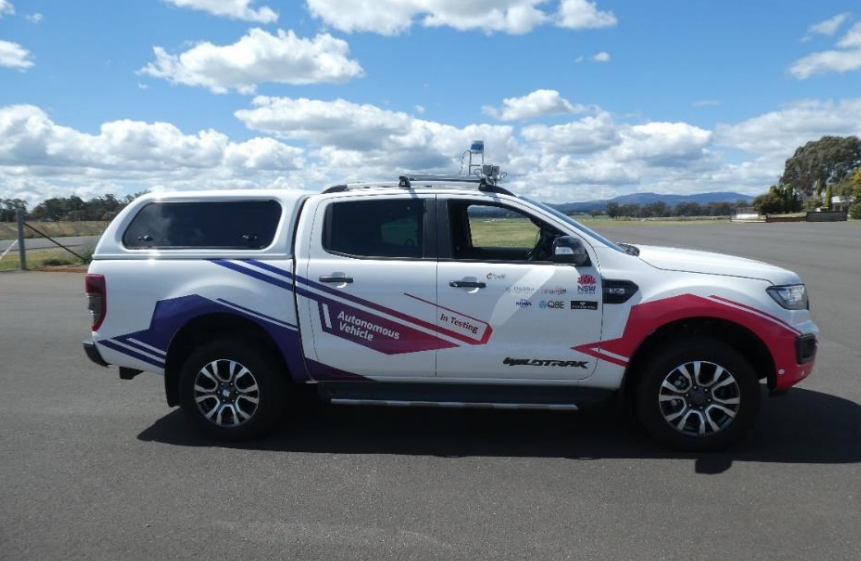
NSW has also undertaken automated vehicle tests. A driverless ute took to the streets of Dubbo in 2023, and an autonomous, passenger-carrying bus has been developed. The NSW government Future Mobility Testing and Research Centre is holding an open day to showcase its technology this month.
An autonomous bus has also been trialled in Western Australia. The ‘RAC Intelliibus’ took to the streets in South Perth in 2018 and was used by 28,755 passengers throughout its five year tenure. The bus travelled 38,573 kilometres and 96% of passengers said it was an extremely positive experience, according to the WA government.
Look back on the week that was with hand-picked articles from Australia and around the world. Sign up to the Forbes Australia newsletter here or become a member here.

